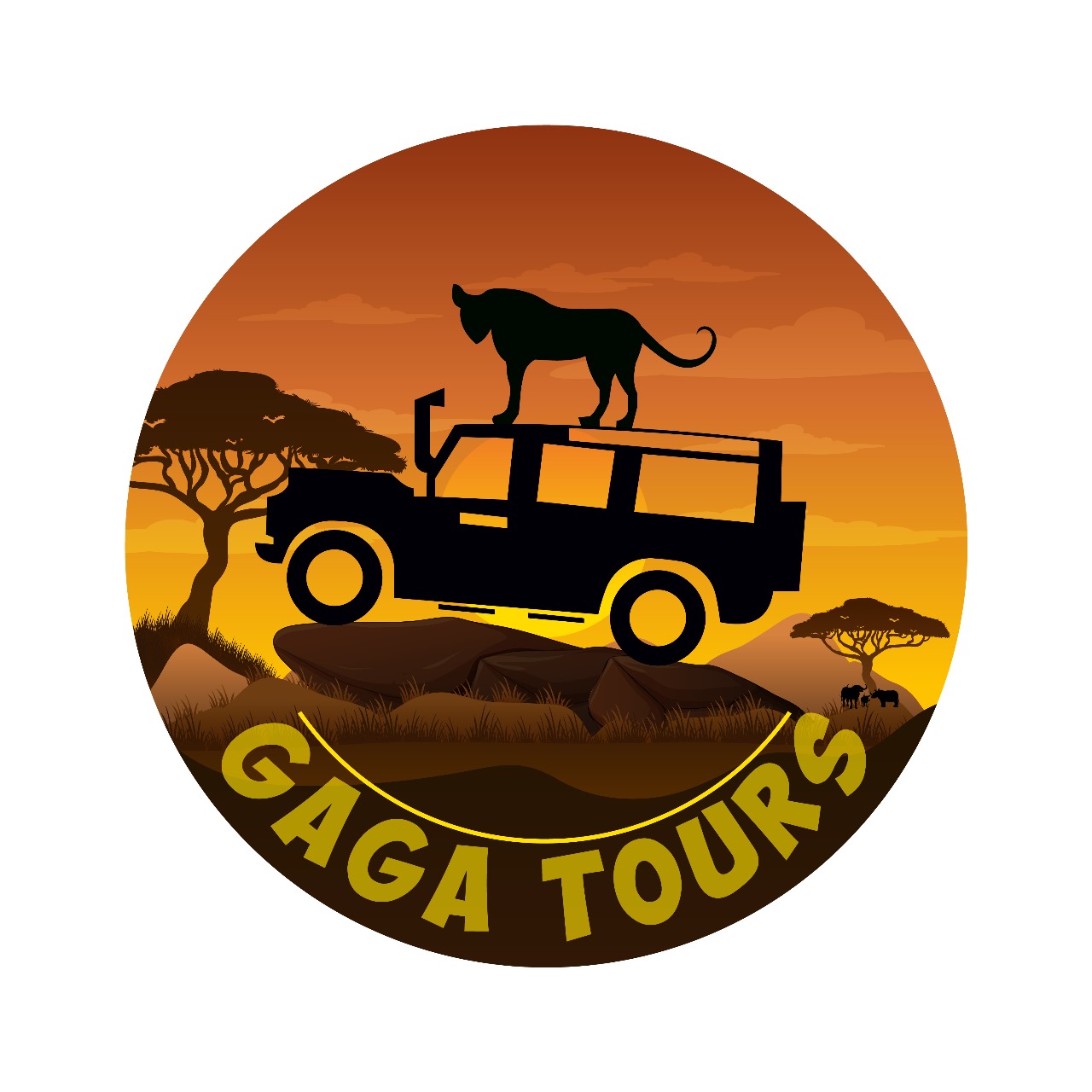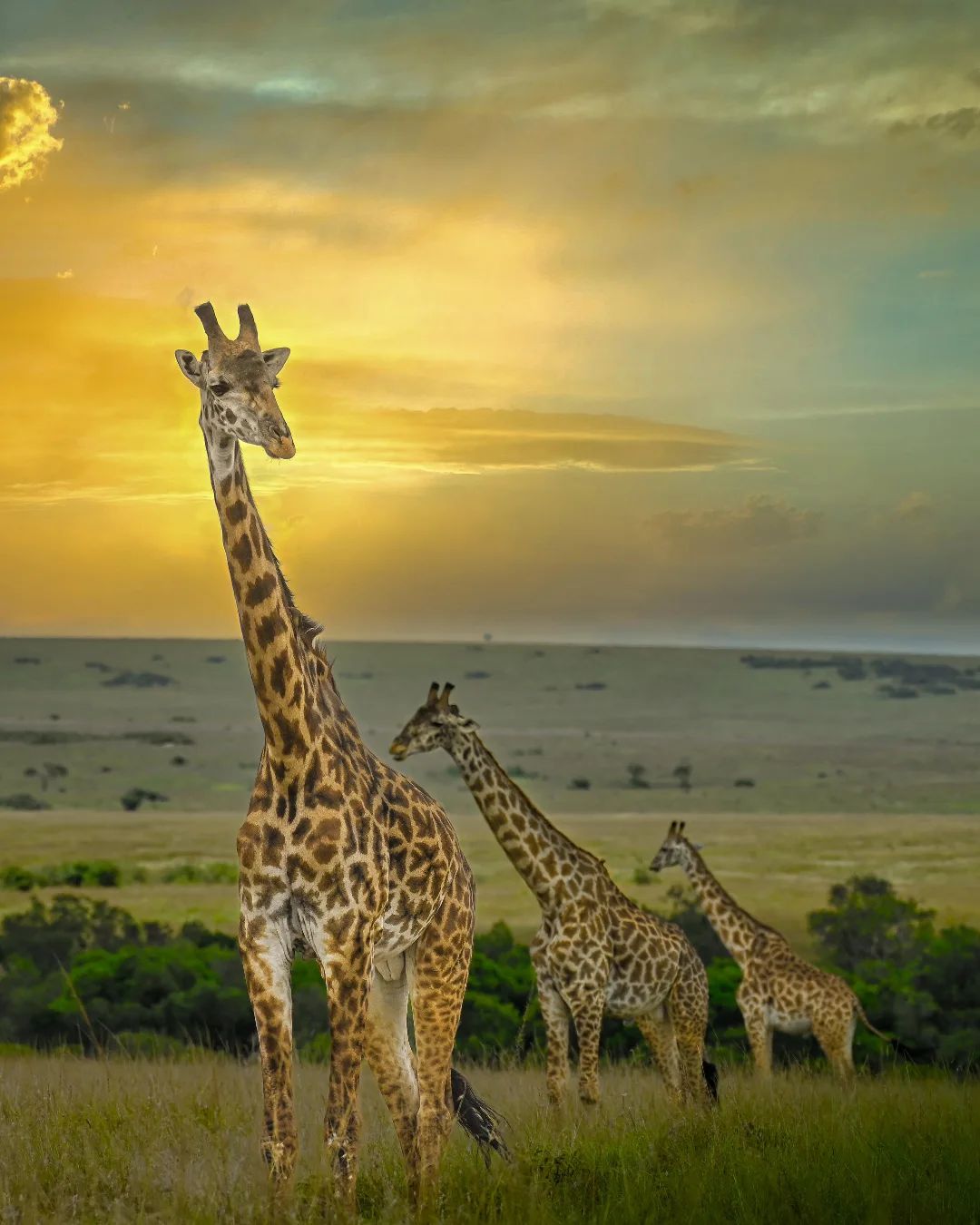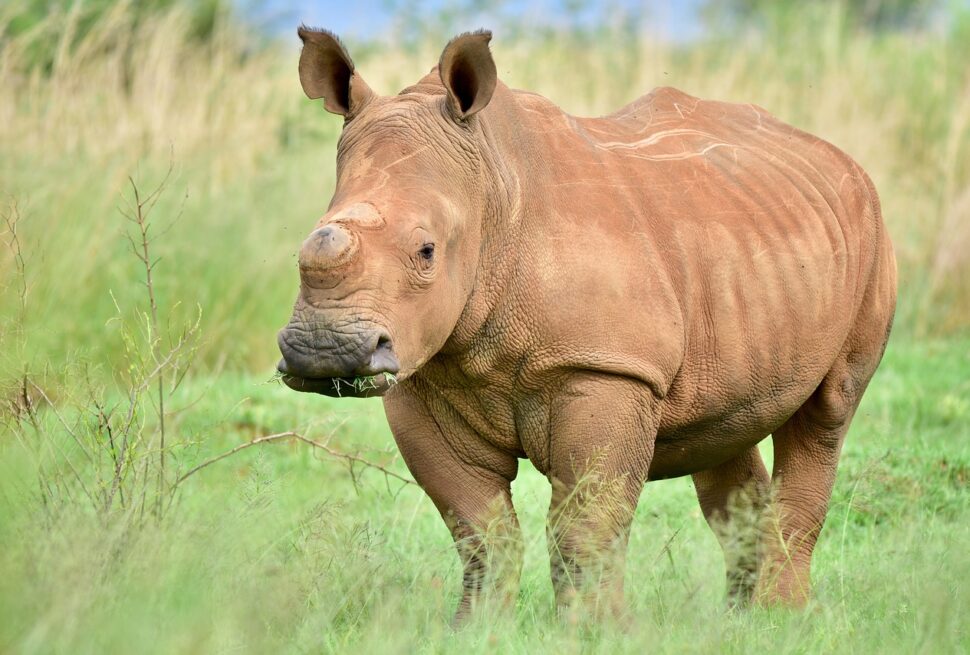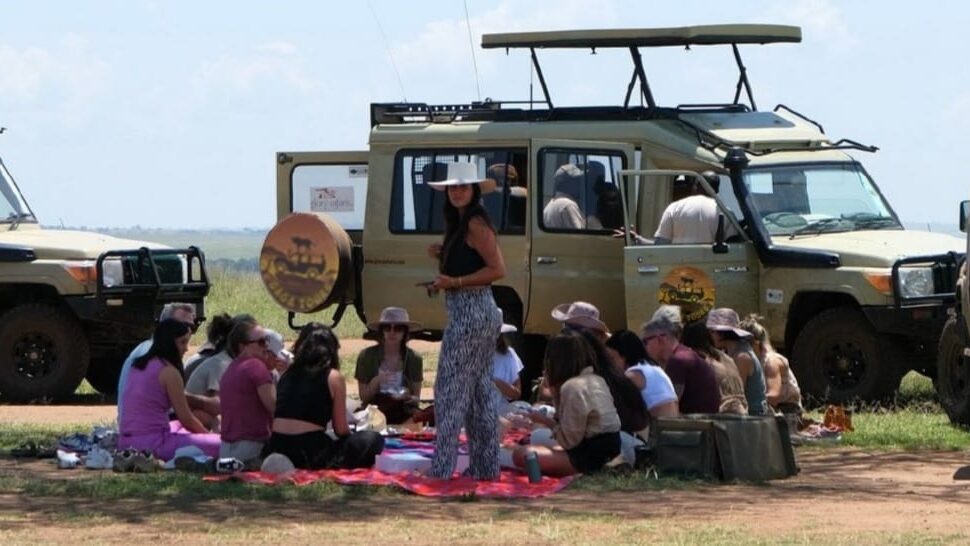The Maasai giraffe, also known as the Tanzanian giraffe or Kilimanjaro giraffe, is one of the most striking and recognizable animals in Kenya’s wildlife landscape. Distinguished by its unique patchwork coat and towering presence, the Maasai giraffe is a must-see for wildlife enthusiasts visiting Kenya. As one of the most iconic species in the Masai Mara, these majestic creatures captivate safari-goers with their grace, beauty, and fascinating behavior. Here are seven amazing things you can learn about the Maasai giraffe and why they should be on your radar during your next safari adventure.
1. Distinctive Coat Patterns: A Natural Signature
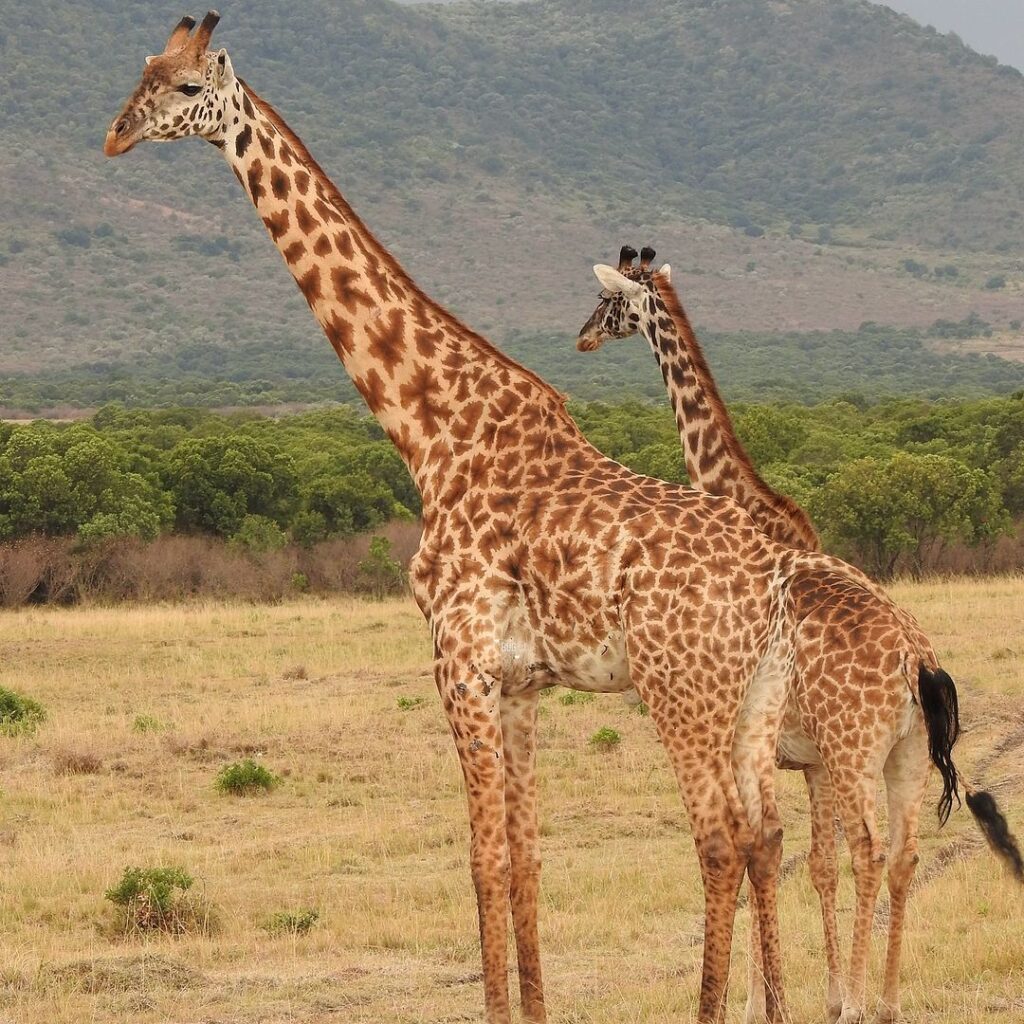
One of the most remarkable features of the Maasai giraffe is its coat pattern. Unlike other giraffe subspecies, the Maasai giraffe has irregular, jagged patches with dark edges that are separated by lighter areas. This unique pattern helps the giraffe blend into the savannah and woodland habitats of Kenya, where they are commonly found. The patches themselves are not only beautiful but serve a practical purpose—helping the giraffe regulate its body temperature. The lighter areas allow for better heat dissipation, which is essential in the warm climate of the Masai Mara and Tsavo regions.
2. The Tallest Animal on Earth

The Maasai giraffe is among the tallest land mammals in the world, with males standing up to 18 feet (5.5 meters) tall and females reaching about 14 to 16 feet (4.3 to 4.9 meters). This towering height gives them an advantage when it comes to spotting predators like lions or hyenas from afar. Their long necks also allow them to browse for food high in the trees, feeding on leaves and fruits that are out of reach for most other herbivores. Despite their enormous size, giraffes are incredibly agile and can run at speeds of up to 35 miles per hour (56 km/h) when necessary.
3. A Vulnerable Species in Need of Protection
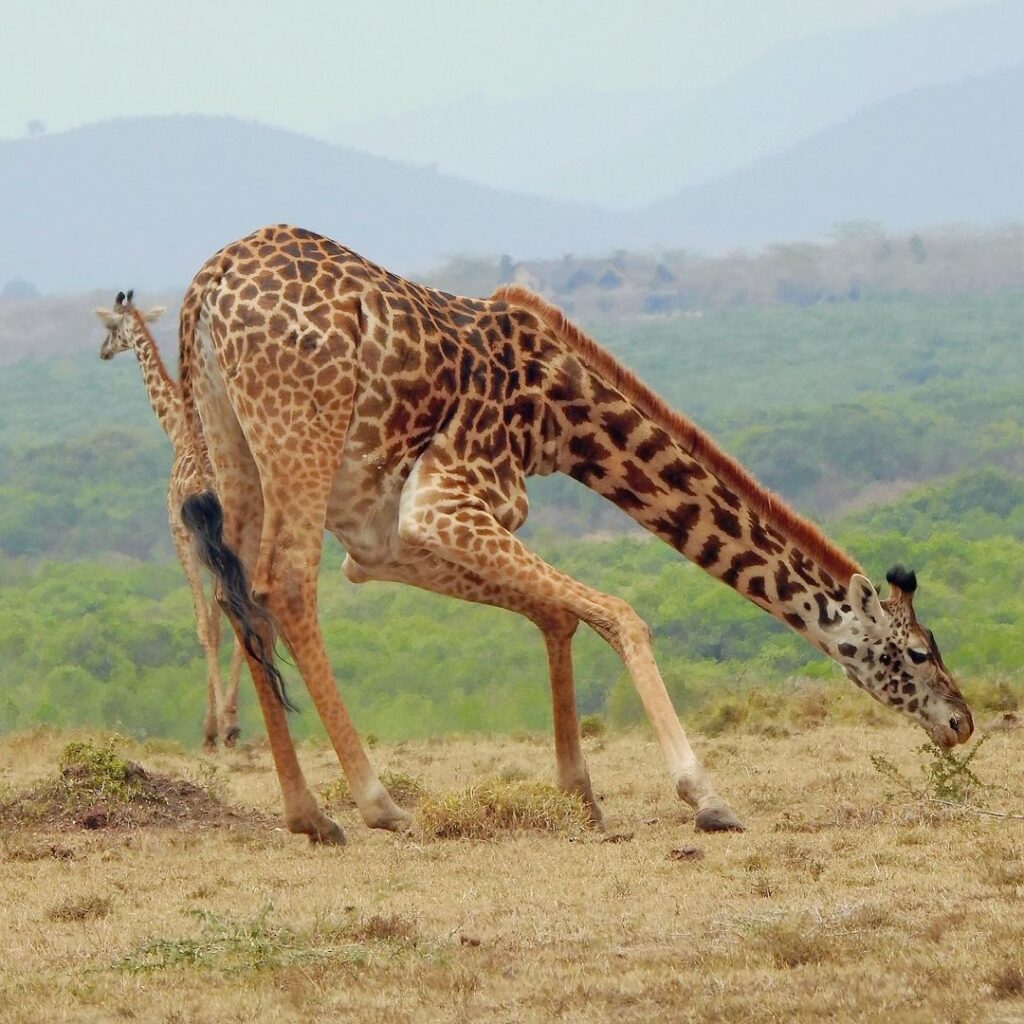
Sadly, the Maasai giraffe is classified as vulnerable on the International Union for Conservation of Nature (IUCN) Red List due to habitat loss, poaching, and human-wildlife conflict. With fewer than 35,000 individuals left in the wild, these giraffes are at risk, especially in regions where their natural habitat is being cleared for agriculture and settlement. However, conservation efforts in Kenya, especially within national parks like the Masai Mara, have helped protect these gentle giants. By supporting safari tourism and promoting sustainable practices, travelers are contributing to the protection of giraffes and their habitats.
4. Unique Social Structure
Maasai giraffes have an interesting and flexible social structure. They do not live in fixed herds like many other species but tend to form loose, fluid groups, often based on age and sex. Male giraffes, known as bulls, usually live solitary lives, occasionally coming together with females and calves during feeding times. Females, on the other hand, form small groups with their calves, which allows for better protection from predators. Within these groups, giraffes communicate with each other using subtle signals such as neck movements, body posture, and low-frequency sounds that are inaudible to humans but detectable by other giraffes.
5. Incredible Tongue: Nature’s Tool for Feeding
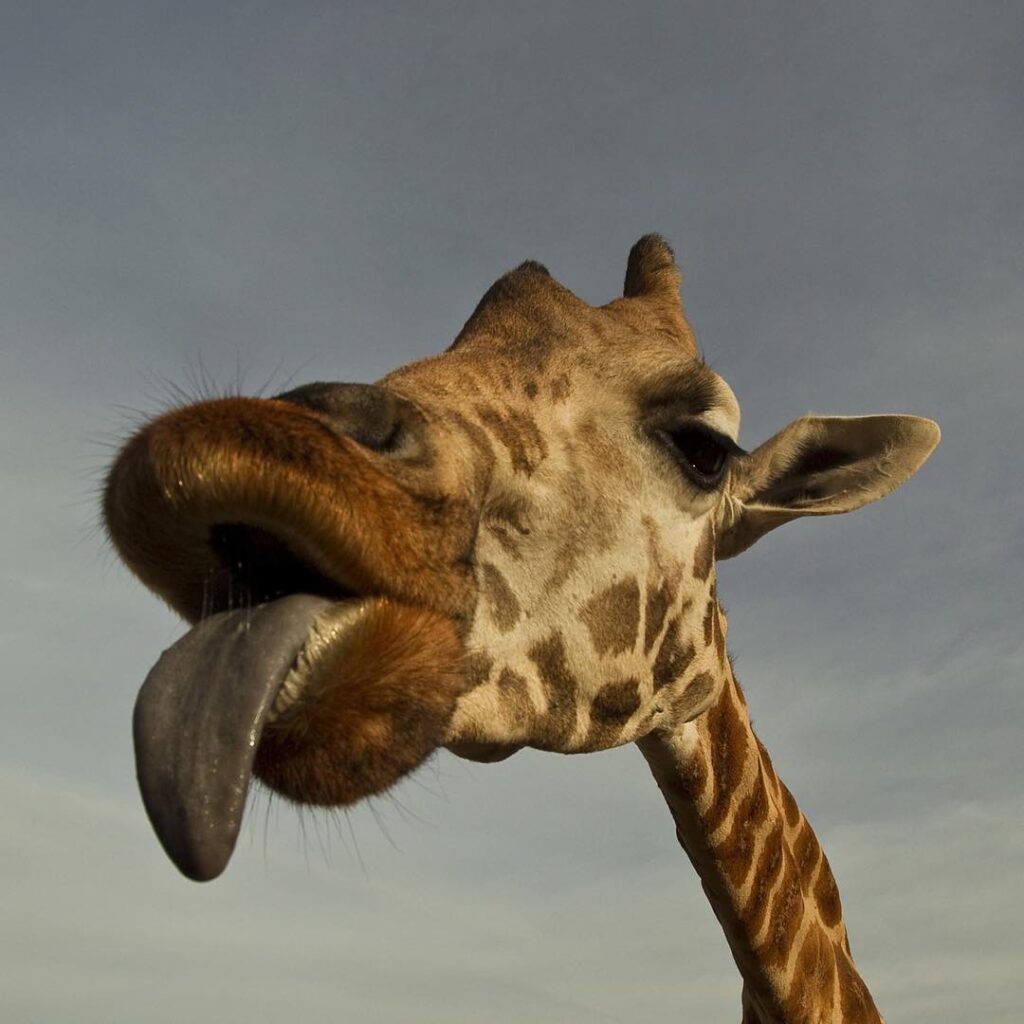
The Maasai giraffe’s long, prehensile tongue, which can extend up to 18 inches (45 cm), is another remarkable feature. This specialized tongue allows the giraffe to reach and grasp the leaves and fruits on the thorniest branches, particularly from acacia trees, which are their primary food source. The tongue’s dark coloration, often described as purple or black, serves a practical purpose—protecting it from sunburns as the giraffe feeds under the hot African sun. This adaptation is just one of many that make the Maasai giraffe perfectly suited for life in the savannah.
6. Giraffes Can Sleep Standing Up

Despite their towering height and seemingly delicate appearance, Maasai giraffes are capable of sleeping standing up. They do this as a survival strategy—remaining alert to the potential presence of predators. Giraffes only need to sleep for a few hours each day, and during this time, they typically enter a light, dozing state. Interestingly, giraffes tend to sleep less than many other mammals, spending much of their time grazing, walking, and interacting with other giraffes. This behavior helps them stay vigilant in the wild, where dangers from predators such as lions and crocodiles can be lurking.
7. The Maasai Giraffe’s Importance in the Ecosystem
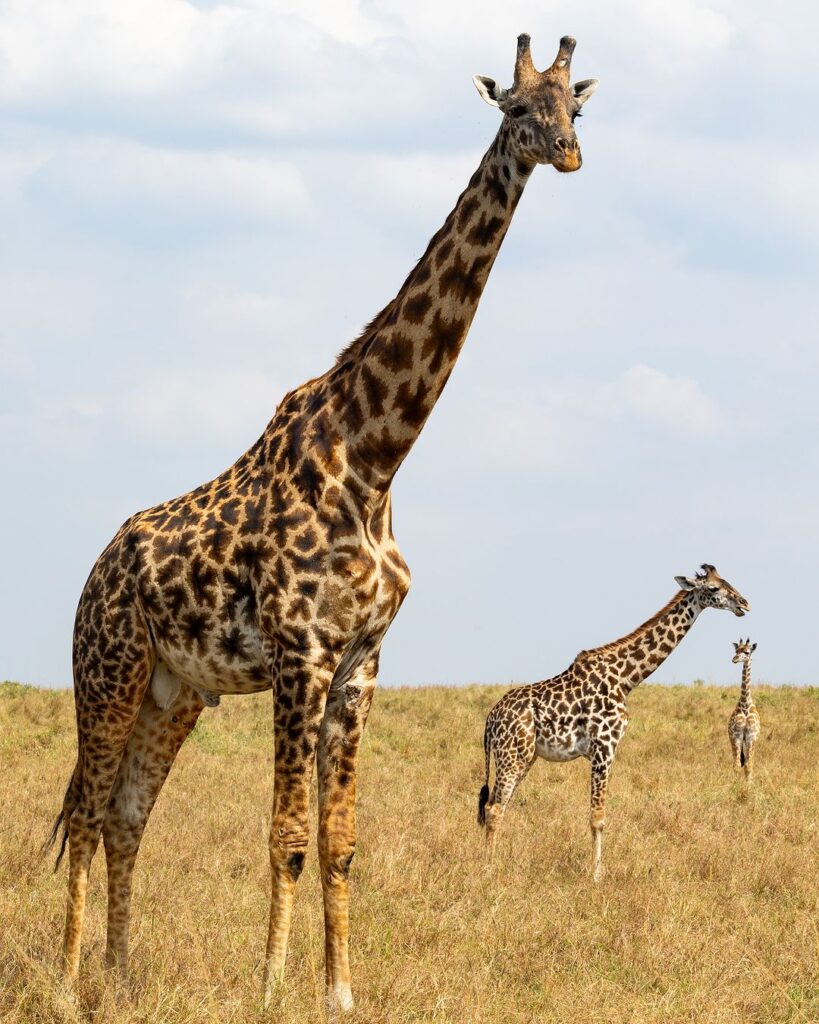
The Maasai giraffe plays an important role in the Masai Mara ecosystem. As herbivores, they contribute to the regulation of vegetation by browsing on trees and shrubs. This feeding behavior helps maintain the balance of plant species, which in turn supports other wildlife that depends on those plants for food and shelter. The giraffe’s impact on the ecosystem is often underestimated, but they are a key species in the intricate web of life that exists in the Mara. Additionally, their dung provides nutrients to the soil, supporting the growth of grasses and other plants that sustain a range of wildlife in the region.
Why the Maasai Giraffe is a Must-See on Your Safari
The Maasai giraffe is one of the most stunning and fascinating animals you’ll encounter on your safari in Kenya. With their striking coat patterns, towering presence, and essential role in the ecosystem, these giraffes are truly one of Africa’s iconic species. If you’re planning a Masai Mara safari, don’t miss the chance to witness these majestic creatures in their natural habitat.
For the best safari packages to see the Maasai giraffes and explore other extraordinary wildlife, look no further than Gaga Tours. Our expertly guided tours offer an incredible opportunity to experience the Masai Mara’s diverse wildlife and cultural heritage, all while ensuring a safe and unforgettable journey. Whether you’re looking for a budget-friendly safari package or a luxury Maasai Mara experience, Gaga Tours has the perfect option for you.
Book your Kenya safari with us today and get ready to meet the Maasai giraffes and other incredible animals that call this wild land home!
